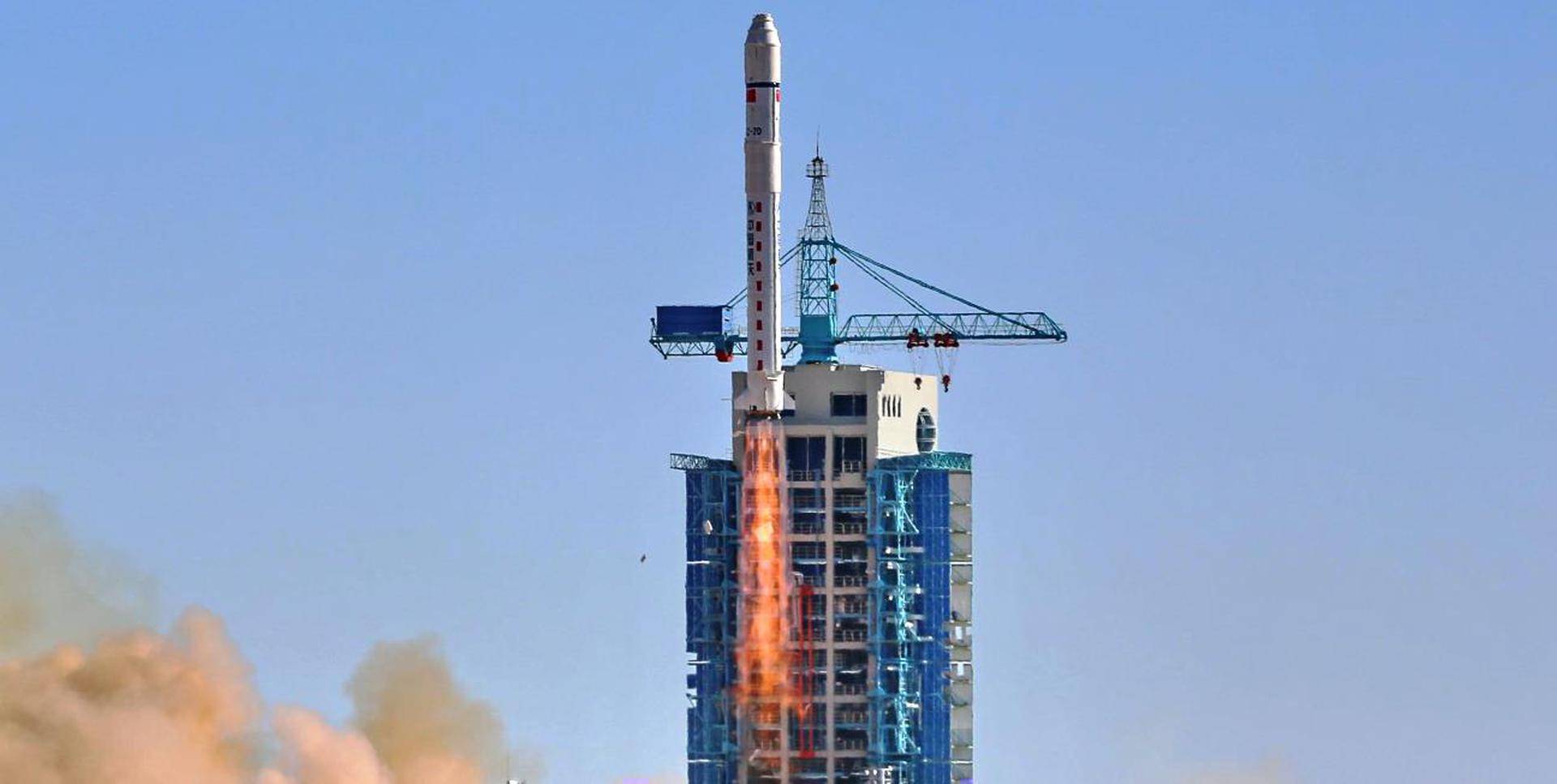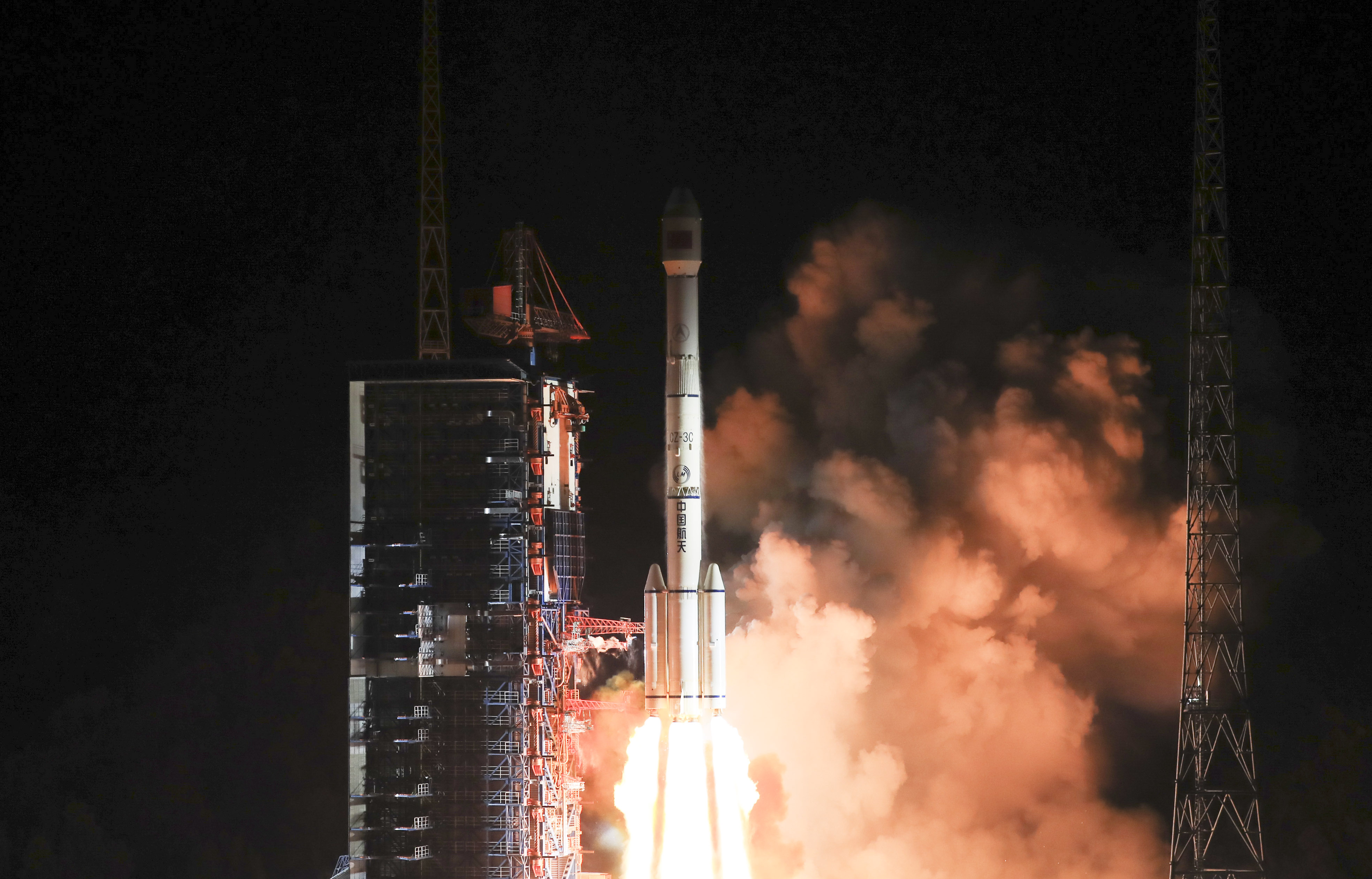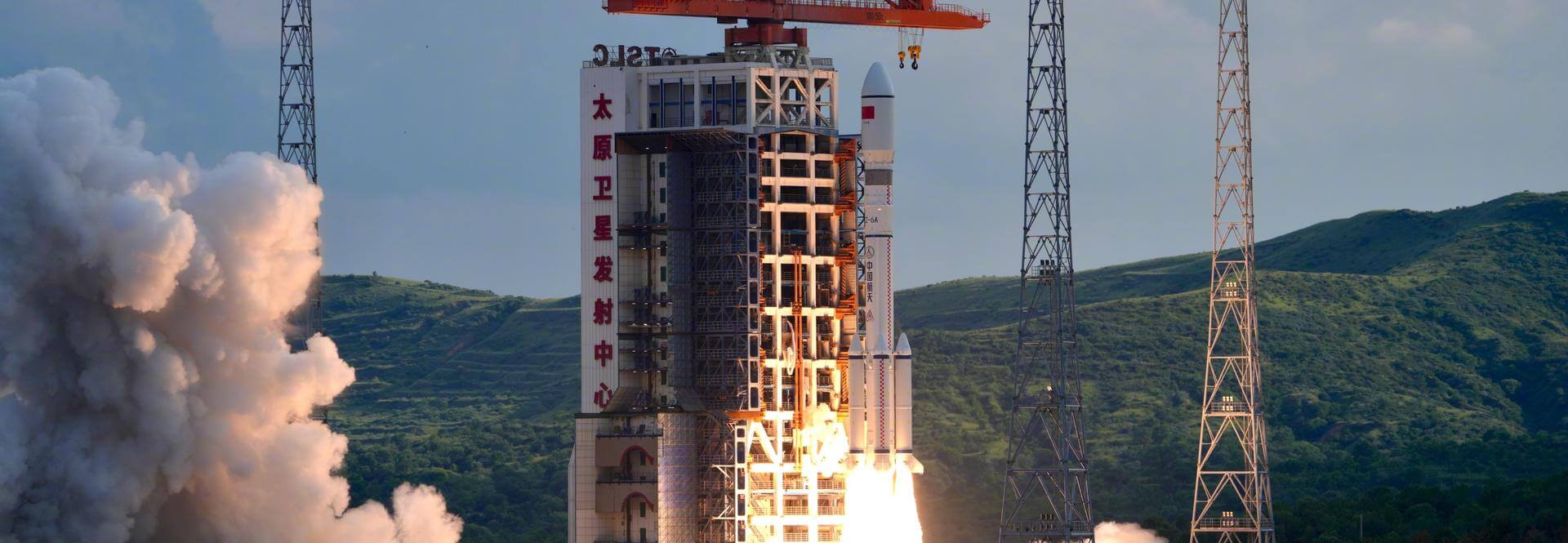Previous Spaceflight Launches
Filter by Agency, Locations or Vehicles
Show All LaunchesLong March 2D | Space Computing Constellation
China Aerospace Science and Technology Corporation | ChinaJiuquan Satellite Launch Center, People's Republic of China
May 14, 2025, 4:12 a.m.
Falcon 9 Block 5 | Starlink Group 6-83
SpaceX | United States of AmericaKennedy Space Center, FL, USA
May 13, 2025, 5:02 a.m.
Falcon 9 Block 5 | Starlink Group 15-4
SpaceX | United States of AmericaVandenberg SFB, CA, USA
May 13, 2025, 1:15 a.m.
Long March 3C/E | TJSW-19
China Aerospace Science and Technology Corporation | ChinaXichang Satellite Launch Center, People's Republic of China
May 12, 2025, 6:09 p.m.
Long March 6A | Yaogan 40 Group 02
China Aerospace Science and Technology Corporation | ChinaTaiyuan Satellite Launch Center, People's Republic of China
May 11, 2025, 1:27 p.m.
Falcon 9 Block 5 | Starlink Group 6-91
SpaceX | United States of AmericaCape Canaveral SFS, FL, USA
May 10, 2025, 6:28 a.m.
Falcon 9 Block 5 | Starlink Group 15-3
SpaceX | United States of AmericaVandenberg SFB, CA, USA
May 10, 2025, 12:19 a.m.
Falcon 9 Block 5 | Starlink Group 6-93
SpaceX | United States of AmericaCape Canaveral SFS, FL, USA
May 7, 2025, 1:17 a.m.
Falcon 9 Block 5 | Starlink Group 6-84
SpaceX | United States of AmericaKennedy Space Center, FL, USA
May 4, 2025, 8:54 a.m.
Falcon 9 Block 5 | Starlink Group 6-75
SpaceX | United States of AmericaCape Canaveral SFS, FL, USA
May 2, 2025, 1:51 a.m.





